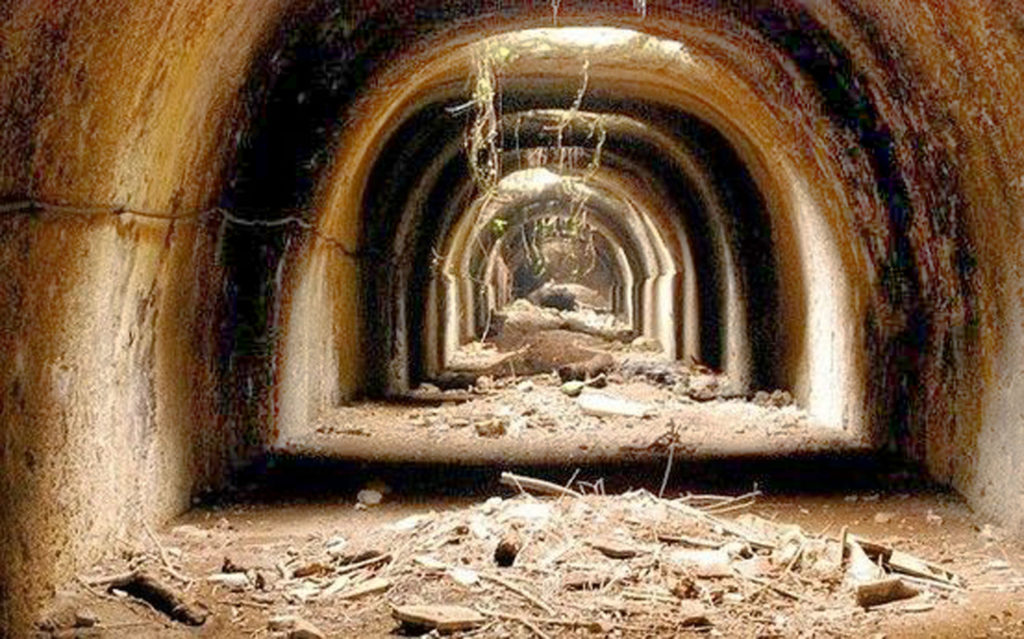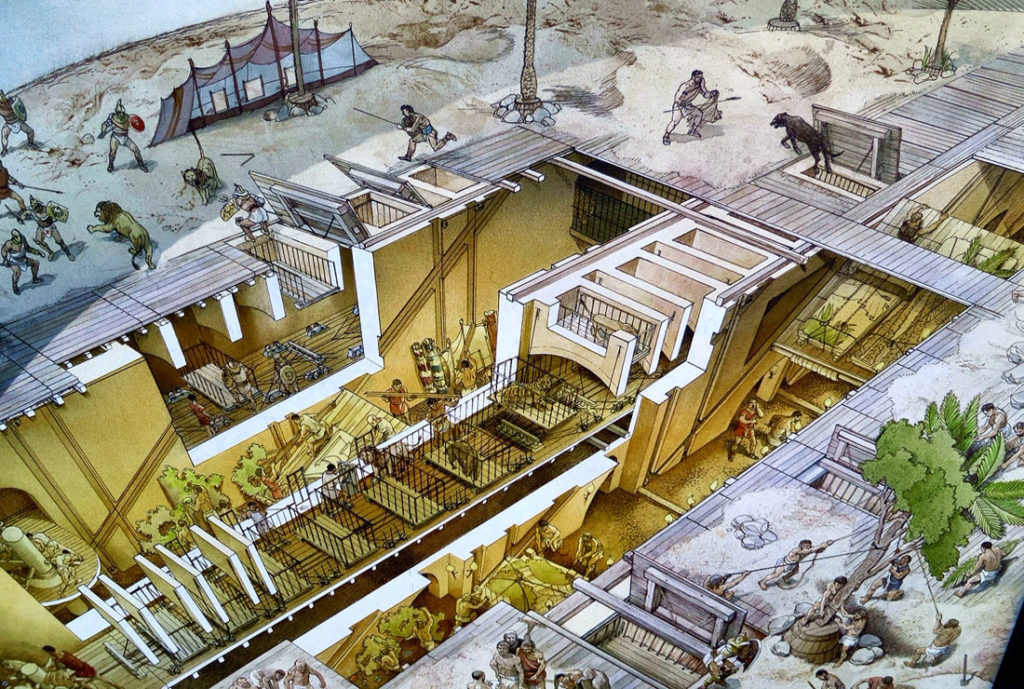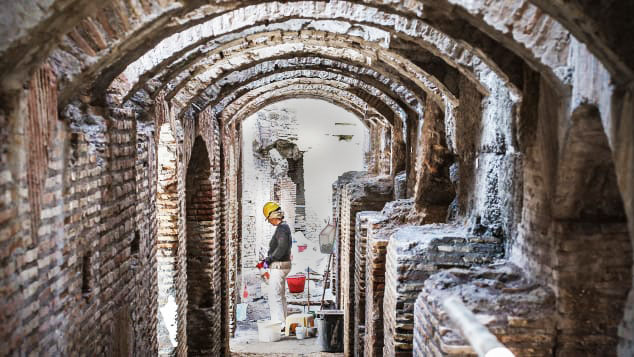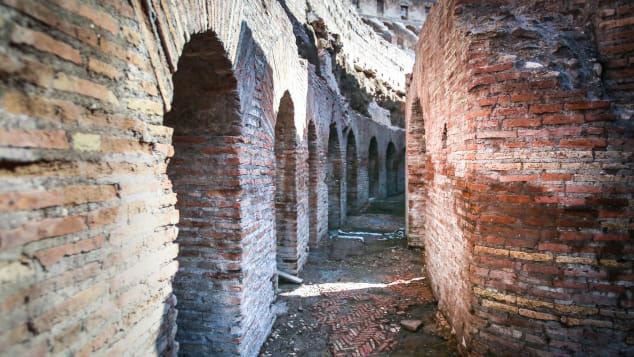Tourists can access lower levels
Chances are if you have been through the underground levels of the Colosseum, you are a well-credentialed archeologist. For everyone else, the heart of the structure, the subterranean levels known as the hypogea, have only been opened since 2016 and that represented only a small section. Now, for the first in the Colosseum’s 2,000 year history, the extensive underground levels, where gladiators and animals waited before going into battle may be visited.
Tourists will be able to walk through the passageways on a wooden platform and admire the corridors and archways which interconnected the hypogea between the rooms where gladiators and animals waited, before entering the elevators which would catapult them onto the arena. Two millennia ago, the hypogea was illuminated by candlelight, but with the arena’s original ground level long ago destroyed, it is visible from the Colosseum’s upper levels, with sunlight filtering down into its depths.
Italy’s Ministry of Culture Dario Franceschini, unveiled the enormous restoration of the vaults and passageways. The works were a joint project in conjunction with Italian fashion brand Tod’s and company CEO Diego Della Valle, who attended an unveiling ceremony. Speaking at the ceremony, Alfonsina Russo, Director of the Colosseum Archaeological Park, said that the works will allow people to understand better how the Colosseum used to function sating, “This restoration is absolutely important for the archaeological research, because it enables us to reconstruct its history.” She continued, “This was the backstage of the shows that went on in the area. It is the location for all the preparation, even the technology. They brought props, men and animals up into the area through a series of elevators and cargo lifts.”
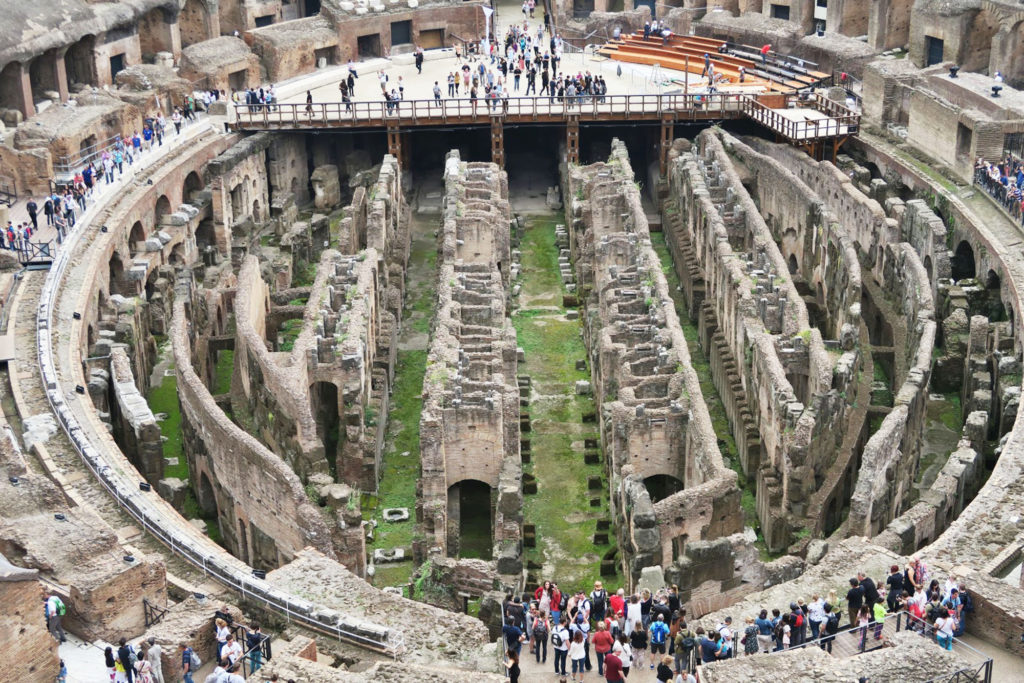
restoring the colosseum
The restoration project, which has seen the entire Colosseum restored over the past decade, was started by Tod’s CEO and Rome’s Archaeological Heritage Department in 2011. The fashion house has contributed €25 million to the operation, which was carried out in three major phases. It began with a thorough cleaning of the monument’s façade and then moved to the underground areas.
The major restoration works in the hypogea started in 2018. Archaeologists, restorers, engineers and architects were among the experts who worked to bring the landmark as close to its former glory as possible. The team used photographic surveys, surface mapping and a slow, meticulous job of washing away centuries of dirt, deposits and microorganisms such as algae and lichen. In some parts, they had to remove traces of previous restorations which had decayed over time and needed to be replaced with authentic materials representative of the construction methods used by the ancient Romans. The Colosseum was constructed using numerous materials, wood, limestone, tuffa, tiles, cement and mortar. The restorers also installed a novel drainage system to reduce the infiltration of water in the stonework, which is one of the main causes of decay.
The Colosseum was built by Emperor Vespasian, with construction beginning in 72 BC and ending eight years later. His son, Titus, inaugurated the Colosseum with 100 days of games, which included mock naval battles, execution of animals and gladiator combats. According to ancient historian Eutropius, over 5,000 animals met their end during those inaugural games.
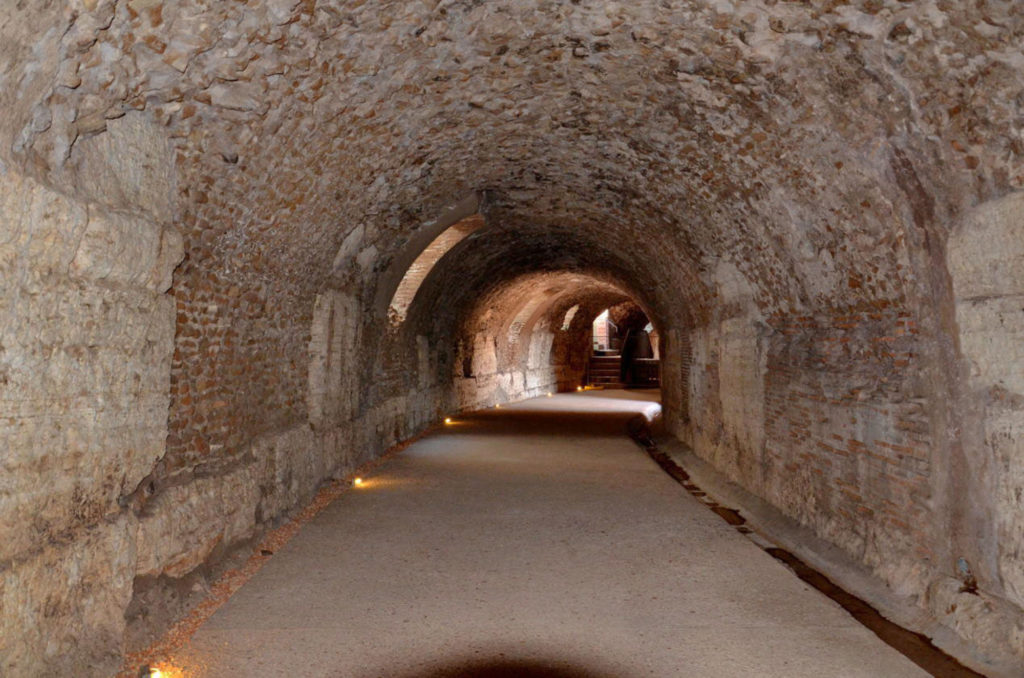
features of the colosseum
At its peak, the amphitheatre, which is technically named the Flavian Amphitheatre, but is known around the world as the Colosseum, could accommodate about 70,000 spectators. After the fall of the Roman Empire, the Colosseum underwent several radical changes of use. By the late 6th century, a small chapel had been built into the structure of the amphitheater. The numerous vaulted spaces in the arcades under the seating were converted into housing and workshops. Records show that they were still being rented out as late as the 12th century.
The arena floor itself was 272 feet long by 157 feet wide. The wooden floor was covered by sand, concealing the elaborate two-level hypogeum. Eighty vertical shafts provided instant access to the arena for caged animals with scenery pieces concealed underneath. The larger hinged platforms, called hegmata, provided access for the elephants.
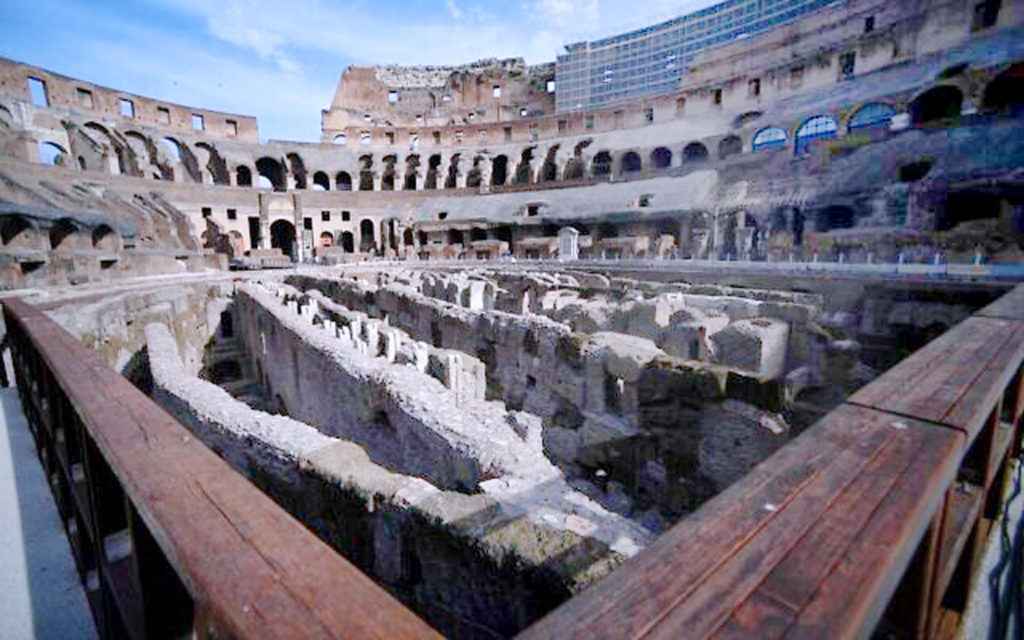
tunnels under the arena
The hypogeum was connected by numerous tunnels to a number of points outside the Colosseum. Animals and performers were brought through the tunnel from nearby stables. A separate tunnel connected the gladiators’ barracks to the east and the Emperor to enter and exit the Colosseum without passing through the crowds by way of yet another.
Now one of the most famous landmarks in the world, it attracts about five million visitors per year. The opening of the underground section marks the end of the Tod’s restoration project, but it’s not the end of the work at the Colosseum. In May, the Ministry of Culture announced plans to build a wooden arena that will cover the hypogea, giving an idea of how the Colosseum used to be. The new arena will host concerts and other types of cultural events.
